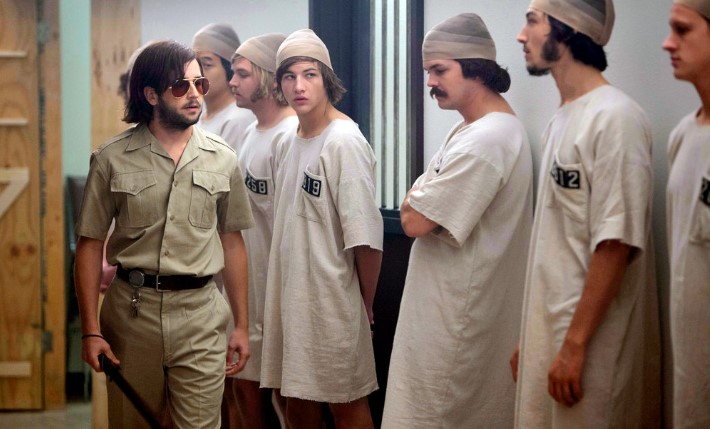What is the stanford experiment ? explanation and example
What is the Stanford experiment?
Psychologist Philip Zimbardo and his associates, in 1971, decided to find out if subjects in an experiment (who were aware it was a study) would behave differently in a prison-like setting.
The experimenter’s goals included:
- Finding out how the participants would react when they are in a simulated prison environment.
- Discovering if physically and psychologically, healthy people that are aware they were in an experiment, would change their behavior in a prison-like setting.
Zimbardo and fellow researchers would use the experiment to enlarge a fellow psychologist, Stanley Milgram’s study titled “Behavioral Study on Obedience,” and find out the effect of changing situations on human behavior.

What are the examples of the Stanford experiment?
Participants in the experiment were 24 undergraduate students selected out of 70 volunteers, who played the parts of both prisoners and guards. The mock prison was created in the cellar of Stanford University’s psychology building.
These subjects didn’t have any criminal records, psychological problems, and no known medical conditions. The volunteers would receive $15 a day for one to two weeks for participating in the experiment.
The Environment
The mock prison was three six-by-nine-foot prison cells holding 3 prisoners plus three beds. Jail guards and the warden had other rooms. Another small space was used as the solitary confinement room and, another small room was the prison yard.
Rules for operating the false prison
- Any of the 24 volunteers were arbitrarily put in either a prisoner or guard group.
- Prisoners stayed in the simulated prison 24 hours a day.
- Guards worked in three-man teams for eight-hour shifts.
- When a shift ended, guards went to their homes until their next shift.
Researchers observed the behavior of the prisoners and guards with secret cameras and microphones.
What were the results?
The original schedule for the Stanford Prison Experiment was 14 days, but it was called off after 6 days. The participants started acting differently on set. The guards were abusive, and the prisoners were highly stressed and suffered from anxiety.
Developments during the experiment
The prisoners and guards were to interact how they liked. But, observers noticed the hostile, dehumanizing interaction between the parties. The guards started acting in hostile and insulting manners toward the prisoners. The prisoners behaved passively and depression set in.
Five of the prisoners started having serious negative emotions. They were crying and showing intense anxiety, and were released from the study beforehand. The experimenters started losing grip on the reality of the condition.
Zimbardo, who played the prison warden role, overlooked the offensive conduct of the jail guards until one graduate student objected to the insulting behavior. She questioned the motive for continuing the experiment.
The outcome of the experiment
The experiment was popular and cited in textbooks and other publications. Zimbardo and his colleagues said that the Stanford Prison Experiment showed the vital part situation can play in human behavior.
For instance, the guards in positions of power started acting differently from how they did in actual life. The prisoners became meek and depressed. In 2011, the Stanford Alumni Magazine wrote a feature article marking the Stanford Prison Experiment’s 40th anniversary. In 2015, the topic became a film titled “The Stanford Prison Experiment.”
Critical Analysis of the Stanford Prison Experiment
Critics say the experiment does not meet the standards established by diverse ethical codes. They also say that the experiment was an example of immoral research that does not meet the Morality Code of the American Psychological Association.
The experiment was criticized for lacking generality because of the unrepresentative sample of participants, making it hard to use the results for a more extensive population.
The study was said to lack realism. It does not meet the ecological validity test because it was not possible to recreate all prison life experiences. Recent criticisms questioned the basis of the study, saying it lacked scientific merits and value.
Questions are being raised about the experiment’s design and the validity of the study’s findings. The critics cite a case where a participant claimed faking a breakdown so that he be allowed to leave the experiment early because he was worried about failing classes. Others remark that they changed their actions to aid the experiment.
Zimbardo, on the experiment’s official website, state that criticism does not invalidate the primary conclusion of the study, which is that situational forces can change individual actions positively or negatively. What do you think?